Home>Garden Essentials>What Ground Cover Is Not Invasive
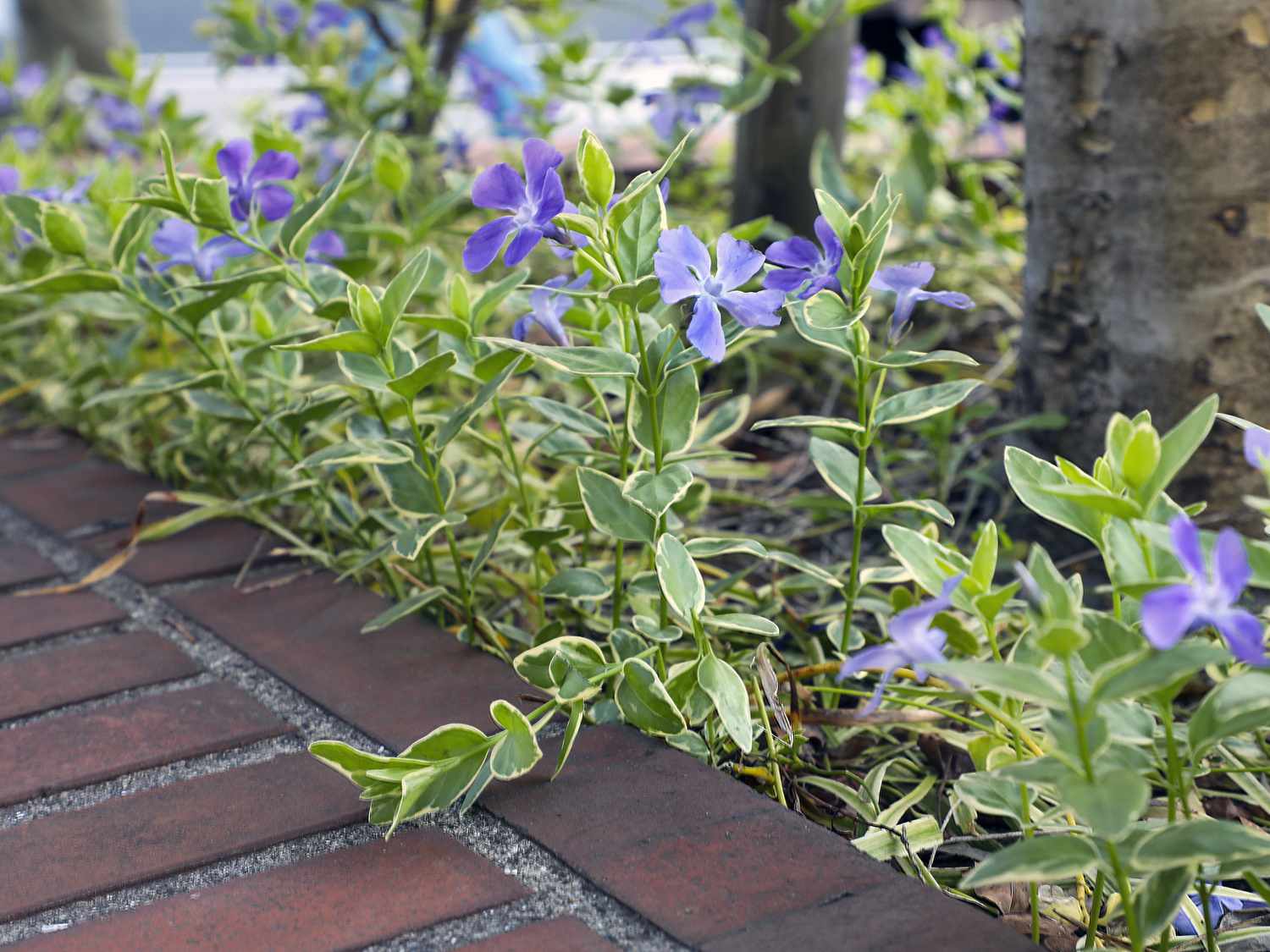

Garden Essentials
What Ground Cover Is Not Invasive
Modified: March 7, 2024
Discover the best non-invasive ground cover options for your garden and create a beautiful and low-maintenance landscape.
(Many of the links in this article redirect to a specific reviewed product. Your purchase of these products through affiliate links helps to generate commission for Storables.com, at no extra cost. Learn more)
Introduction
Welcome to our comprehensive guide on non-invasive ground covers for your garden. When it comes to selecting ground covers for your landscaping, it’s important to choose varieties that will not take over your garden and become invasive. Invasive ground covers can quickly spread and crowd out other plants, becoming a real headache for gardeners.
Understanding the difference between invasive and non-invasive ground covers is crucial to maintaining a healthy and well-balanced garden. In this guide, we will explore the characteristics of non-invasive ground covers and the benefits they provide. We will also discuss native ground covers and the considerations for selecting the right non-invasive option for various gardening conditions.
By the end of this article, you will have a better understanding of the importance of choosing non-invasive ground covers and how to integrate them into your garden design. So let’s dive in and explore the fascinating world of non-invasive ground covers!
Key Takeaways:
- Choose non-invasive ground covers for your garden to avoid aggressive spread and maintain a balanced ecosystem. Consider native options for added benefits and support for local wildlife.
- Select non-invasive ground covers based on your garden’s specific conditions, such as sunlight, soil type, and moisture levels. Maintain them with proper watering, pruning, and monitoring for a beautiful and sustainable landscape.
Read more: How To Kill Invasive Ground Cover
Understanding Invasive Ground Covers
Before we delve into the world of non-invasive ground covers, it’s important to understand what makes a ground cover invasive. Invasive ground covers are plants that have a tendency to spread aggressively and outcompete other plants in the garden. These plants can quickly take over large areas, choking out native species and disrupting the ecosystem.
One of the primary characteristics of invasive ground covers is their ability to spread rapidly through various means, such as aggressive root systems, rhizomes, or self-seeding. These plants can quickly establish themselves in new areas and become difficult to control. They can also invade natural habitats and outcompete native plants, leading to a loss of biodiversity.
Invasive ground covers often have few natural pests or diseases that keep them in check, allowing them to spread unchecked. They may also have adaptations that allow them to thrive in a wide range of growing conditions, further contributing to their invasiveness.
Some common examples of invasive ground covers include English Ivy (Hedera helix), Japanese Knotweed (Fallopia japonica), and Purple Loosestrife (Lythrum salicaria). These plants may initially seem like attractive options for ground cover due to their fast growth and ability to fill in bare areas. However, they can quickly become a nightmare to manage and can even cause damage to structures and paved surfaces.
Now that we have a better understanding of what makes a ground cover invasive, let’s explore the characteristics of non-invasive ground covers and their benefits.
Characteristics of Non-Invasive Ground Covers
Non-invasive ground covers, on the other hand, are plants that maintain their growth and spread within manageable limits. They do not aggressively spread or take over areas, allowing for a more balanced and harmonious garden ecosystem. Here are some key characteristics of non-invasive ground covers:
- Growth Habit: Non-invasive ground covers have a controlled growth habit, meaning they stay relatively compact and do not send out far-reaching runners or rhizomes that can overtake the garden.
- Growth Rate: They have a moderate growth rate, allowing you to easily maintain and control their spread. They do not grow excessively fast, preventing them from smothering nearby plants.
- Root System: Non-invasive ground covers have root systems that are well-behaved and do not invade the root systems of other plants. They spread gently and do not cause damage to structures or paved surfaces.
- Seed Dispersal: They have minimal seed dispersal, reducing the risk of new plants popping up in unwanted areas. This makes them easier to manage and maintain in the garden.
- Compatibility: Non-invasive ground covers display a compatibility with other plants in the garden, allowing for a diverse and balanced ecosystem. They do not compete aggressively for resources with other plants.
Non-invasive ground covers are a wonderful option for adding beauty and functionality to your garden without the risk of taking over. They provide benefits such as erosion control, weed suppression, and habitat for beneficial insects and wildlife.
When selecting non-invasive ground covers for your garden, consider the specific growing conditions of your site and choose varieties that are suited to those conditions. Native ground covers are particularly well-adapted to thrive in local ecosystems and are often excellent choices for non-invasive ground cover options.
Now that we understand the characteristics of non-invasive ground covers, let’s explore the benefits of using native ground covers as a non-invasive option.
Native Ground Covers: A Non-Invasive Option
Native plants have evolved over time in specific regions, making them well-adapted to the local climate, soil conditions, and wildlife interactions. Native ground covers are no exception, and they offer numerous advantages as non-invasive options for your garden.
One of the key benefits of using native ground covers is their ability to integrate seamlessly into the local ecosystem. These plants have established relationships with native pollinators, insects, and animals, providing essential food and habitat. By choosing native ground covers, you are not only adding beauty to your garden but also supporting the overall biodiversity and ecological balance.
Native ground covers have also evolved to be well-suited to local growing conditions, which means they often require less maintenance and are more resistant to pests and diseases. This makes them ideal for gardeners who prefer low-maintenance options or want to minimize the use of pesticides and fertilizers.
In addition, native ground covers are often excellent choices for erosion control in their native habitats. Their strong root systems help stabilize soil, preventing erosion caused by wind and water. This can be especially beneficial in sloped or challenging areas of the garden.
When selecting native ground covers, consider the specific conditions of your garden, such as sun exposure, soil type, and moisture levels. There is a wide range of native ground covers available, from sprawling varieties to more upright options, allowing you to find the perfect fit for your landscape design.
Some popular native ground covers include Creeping Phlox (Phlox subulata), Wild Ginger (Asarum canadense), and Blue-eyed Grass (Sisyrinchium angustifolium). These plants not only provide beautiful foliage and flowers but also support native wildlife and contribute to a sustainable garden ecosystem.
Overall, native ground covers offer an excellent opportunity to add beauty, functionality, and ecological value to your garden while ensuring they remain non-invasive and well-behaved. Now, let’s explore the considerations for selecting non-invasive ground covers for various gardening conditions.
When choosing ground cover, look for native plants that are well-adapted to your region. Avoid invasive species like English ivy and Japanese honeysuckle, which can take over and harm native ecosystems.
Selecting Non-Invasive Ground Covers for Various Conditions
When choosing non-invasive ground covers for your garden, it’s important to consider the specific growing conditions of your site. Different ground covers thrive in different environments, so selecting the right plants for your conditions will ensure their success and non-invasiveness. Here are some considerations for selecting non-invasive ground covers for various gardening conditions:
- Sun Exposure: Assess the amount of sunlight your garden receives. Some ground covers, like Creeping Thyme (Thymus serpyllum), prefer full sun, while others, like Bishop’s Weed (Aegopodium podagraria), thrive in shady areas. Choose ground covers that match the sun exposure of your site.
- Soil Type: Consider the type of soil in your garden, whether it’s sandy, loamy, or clayey. Some ground covers, such as Corsican Mint (Mentha requienii), prefer moist, well-drained soil, while others, like Ice Plant (Delosperma spp.), tolerate dry and poor soils. Select ground covers that are well-suited to your soil type.
- Moisture Levels: Determine the moisture levels in your garden, whether it’s consistently moist, well-drained, or prone to dry spells. Ground covers like Bugleweed (Ajuga reptans) can tolerate moist areas, while Sedum (Stonecrop) varieties are excellent for dry conditions.
- Growth Height: Consider the desired height of your ground cover. Some varieties, like Creeping Jenny (Lysimachia nummularia), have a trailing growth habit and remain low to the ground, while others, like Coral Bells (Heuchera spp.), have more upright growth and add height to the garden.
- Climate Zone: Take into account your climate zone and select ground covers that are known to thrive in your specific region. Native ground covers are often an excellent choice as they have evolved to adapt to local climate conditions.
By considering these factors and selecting ground covers that match your specific gardening conditions, you can ensure their non-invasiveness and promote their healthy growth. Additionally, it’s always a good idea to research the growth habits and characteristics of potential ground covers to make informed decisions for your garden.
Now that we’ve explored the considerations for selecting non-invasive ground covers, let’s take a look at the benefits they provide in your garden.
Benefits of Using Non-Invasive Ground Covers
Using non-invasive ground covers in your garden offers a multitude of benefits, ranging from practical to aesthetic. Let’s explore some of the key advantages of incorporating non-invasive ground covers into your landscaping:
- Erosion Control: Non-invasive ground covers with strong root systems help stabilize the soil, reducing erosion caused by wind and water. They act as a natural barrier, preventing soil runoff and protecting vulnerable areas of your garden.
- Weed Suppression: Dense coverage provided by non-invasive ground covers shades the soil, preventing weed seeds from germinating and competing with desirable plants. This reduces the need for manual weeding and helps maintain a clean and tidy garden.
- Soil Moisture Retention: Ground covers act as a natural mulch, reducing evaporation and helping to retain moisture in the soil. This is especially beneficial during dry periods, as it minimizes the need for excessive watering and promotes water conservation.
- Aesthetics and Beauty: Non-invasive ground covers add visual interest and enhance the overall beauty of your garden. They provide a carpet-like effect, covering bare patches of soil with lush foliage and vibrant flowers, giving your landscape a polished and well-maintained appearance.
- Habitat for Beneficial Insects and Wildlife: Non-invasive ground covers attract and provide habitat for beneficial insects such as bees, butterflies, and other pollinators. They also offer refuge for small animals like frogs, lizards, and birds, contributing to a thriving ecosystem in your garden.
- Low Maintenance: Non-invasive ground covers often require minimal maintenance once established. They generally have slower growth rates, reducing the need for frequent pruning or trimming. This makes them ideal for busy gardeners or those seeking low-maintenance landscaping options.
- Cost-Effective Solution: Non-invasive ground covers can be a cost-effective alternative to other landscaping options. They spread and fill in areas over time, reducing the need for additional plants or materials. They also require less water and fertilizer compared to traditional lawns, resulting in potential cost savings in the long run.
By harnessing the benefits of non-invasive ground covers, you can create a sustainable, beautiful, and low-maintenance garden that thrives harmoniously with the surrounding environment.
Now that we’ve explored the benefits of using non-invasive ground covers, let’s discuss best practices for maintaining these plantings to ensure their continued success in your garden.
Best Practices for Maintaining Non-Invasive Ground Covers
Maintaining non-invasive ground covers is relatively straightforward, but there are a few best practices to keep in mind to ensure their continued health and non-invasiveness. Follow these guidelines to maintain your non-invasive ground covers effectively:
- Proper Watering: Provide your ground covers with adequate water during their establishment phase, and then water them as needed based on their specific moisture requirements. Avoid overwatering, as this can lead to root rot or promote weed growth.
- Regular Pruning and Trimming: Some non-invasive ground covers may require periodic pruning or trimming to maintain their desired shape and prevent any spreading beyond their designated area. Prune back any dead or damaged growth to promote healthy growth and prevent disease.
- Mulching: Apply a layer of organic mulch around your ground covers to suppress weeds, retain soil moisture, and provide an additional barrier against invasive plants. Be sure to leave a small gap around the base of the plants to prevent excessive moisture retention, which can lead to root rot.
- Fertilization: Non-invasive ground covers generally require minimal fertilization, as excessive nutrients can promote aggressive growth. However, it’s a good idea to conduct a soil test to determine any specific deficiencies and apply a balanced slow-release fertilizer if necessary.
- Regular Inspections: Regularly inspect your non-invasive ground covers for any signs of insect infestation, disease, or weeds. Promptly address any issues to prevent them from spreading and causing damage to your plants or nearby vegetation.
- Monitoring and Controlling Spread: Keep an eye on your non-invasive ground covers to ensure they are not spreading beyond their intended area. If you notice any runners or rhizomes escaping, gently prune or remove them to prevent unwanted expansion into neighboring plantings or areas of your garden.
- Division and Propagation: Many non-invasive ground covers can be divided or propagated to expand their coverage or fill in bare areas of your garden. Follow specific plant guidelines for the best time and method of division or propagation.
- Regular Maintenance: Lastly, engage in regular garden maintenance by removing fallen leaves, debris, and any spent blooms. This will keep your non-invasive ground covers looking tidy and prevent potential disease or pest issues.
By following these best practices, you can ensure the continued health and non-invasive behavior of your ground covers, allowing them to thrive and provide the desired benefits in your garden.
Now that we’ve covered the best practices for maintaining non-invasive ground covers, let’s conclude our guide.
Conclusion
Incorporating non-invasive ground covers into your garden is a smart and sustainable choice. By understanding the difference between invasive and non-invasive ground covers, selecting the right plants for your specific conditions, and following best practices for maintenance, you can enjoy a beautiful and well-balanced landscape.
Non-invasive ground covers offer a range of benefits, including erosion control, weed suppression, soil moisture retention, habitat creation, and low maintenance requirements. They not only enhance the aesthetics of your garden but also contribute to a healthier and more sustainable ecosystem.
Native ground covers, in particular, provide the added advantage of supporting local wildlife and thriving in the specific growing conditions of your region.
Remember to consider factors such as sun exposure, soil type, moisture levels, growth height, and climate zone when selecting non-invasive ground covers. By choosing the right plants for your conditions, you can ensure their non-invasiveness and promote their successful growth.
Maintaining non-invasive ground covers involves proper watering, regular pruning, mulching, and monitoring for pests and diseases. By practicing these best maintenance practices, you can keep your ground covers in check and prevent their aggressive spread.
Overall, non-invasive ground covers are a valuable addition to any garden. They provide both practical and aesthetic benefits, while also contributing to a more sustainable and ecologically friendly landscape. So, whether you’re looking to control erosion, suppress weeds, or enhance the visual appeal of your garden, consider incorporating non-invasive ground covers to achieve a healthy and harmonious outdoor space.
Frequently Asked Questions about What Ground Cover Is Not Invasive
Was this page helpful?
At Storables.com, we guarantee accurate and reliable information. Our content, validated by Expert Board Contributors, is crafted following stringent Editorial Policies. We're committed to providing you with well-researched, expert-backed insights for all your informational needs.
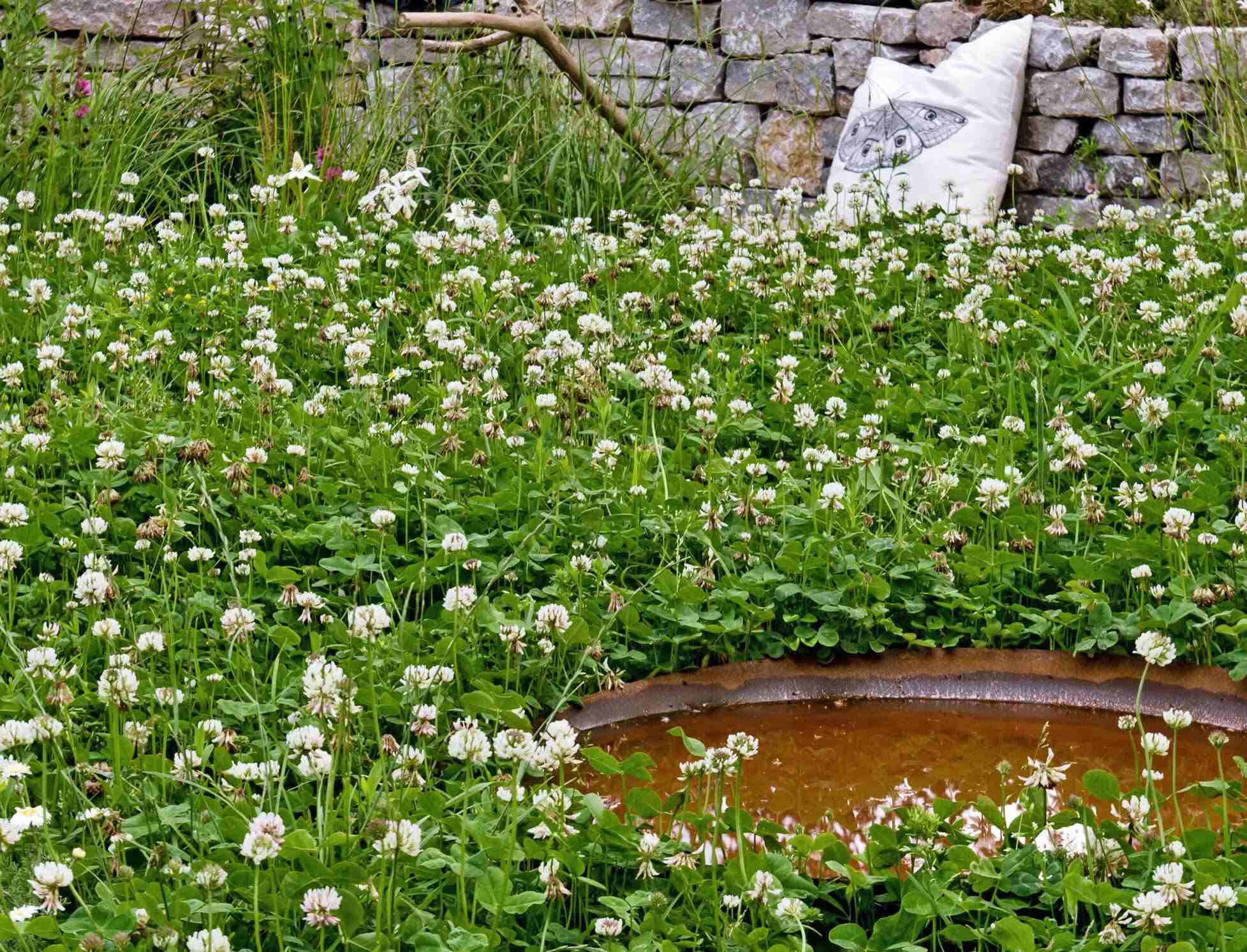
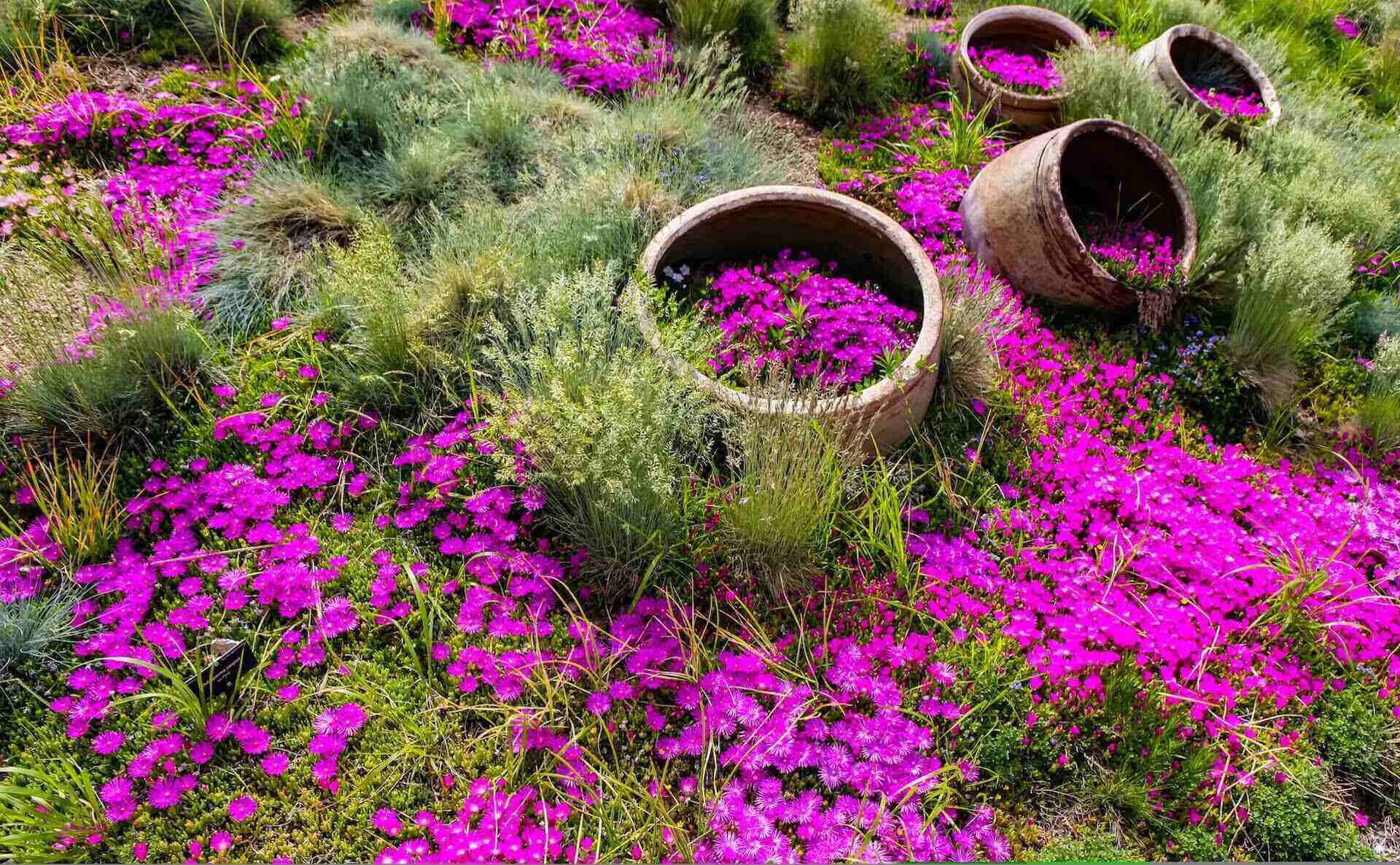
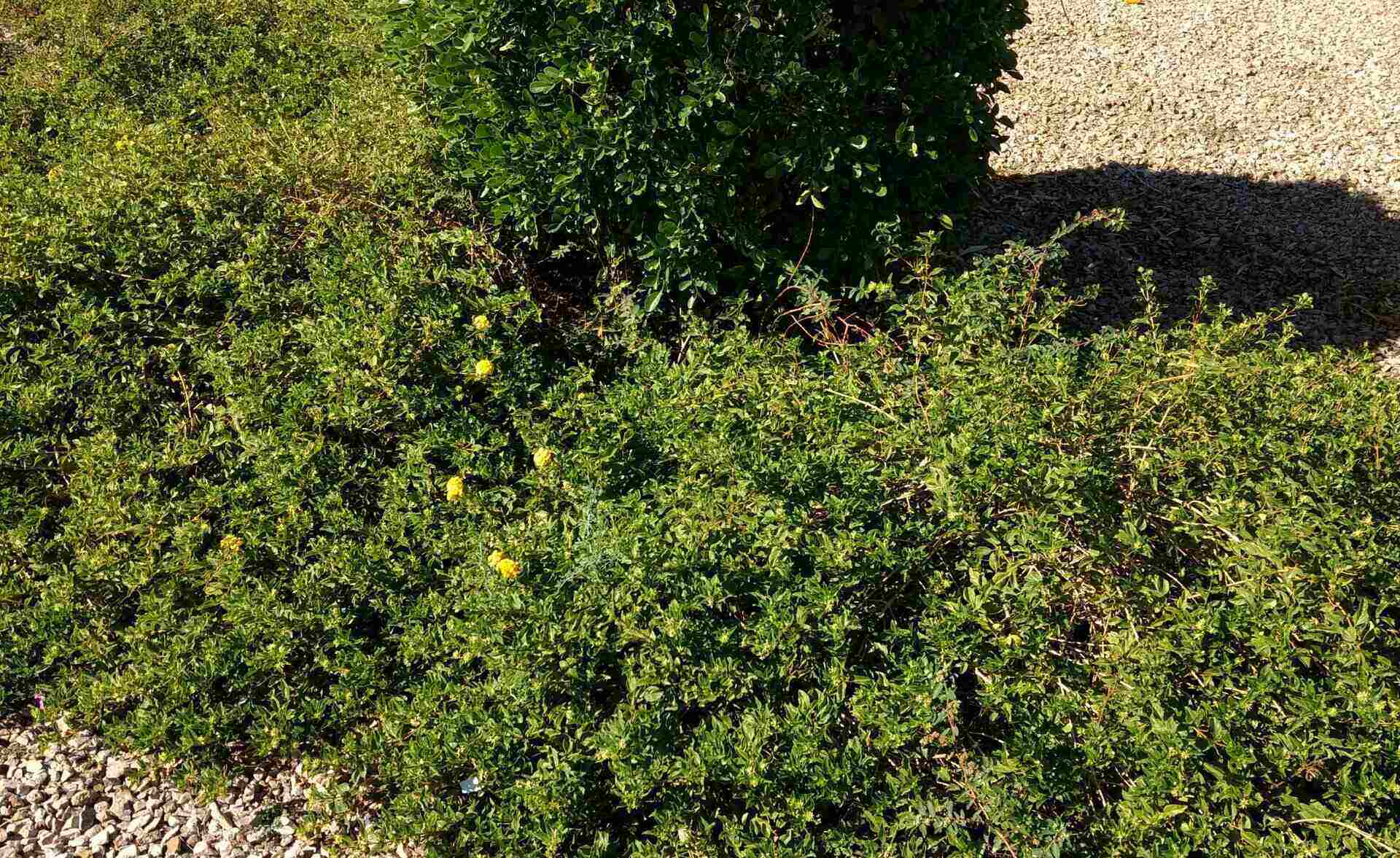
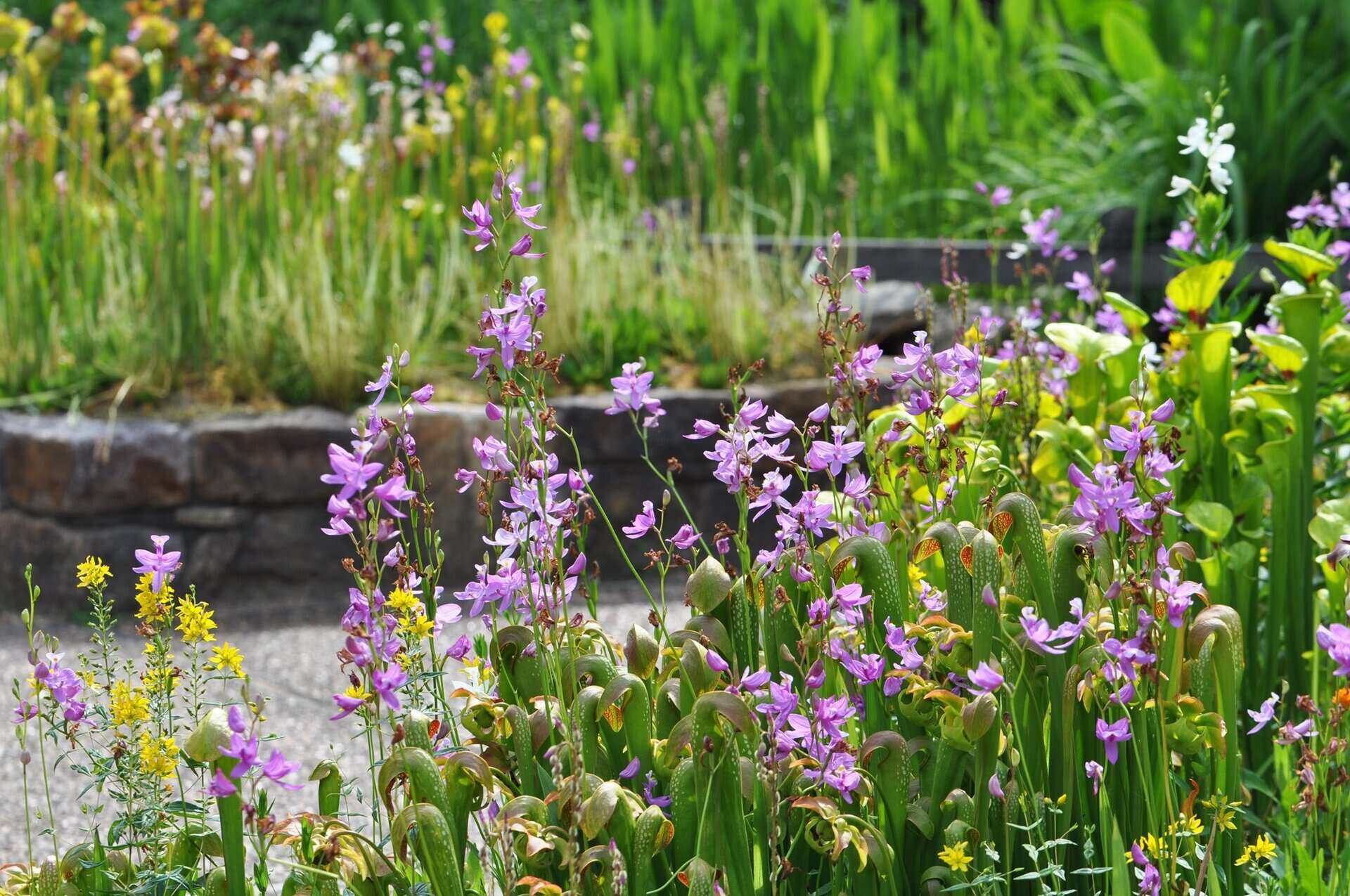
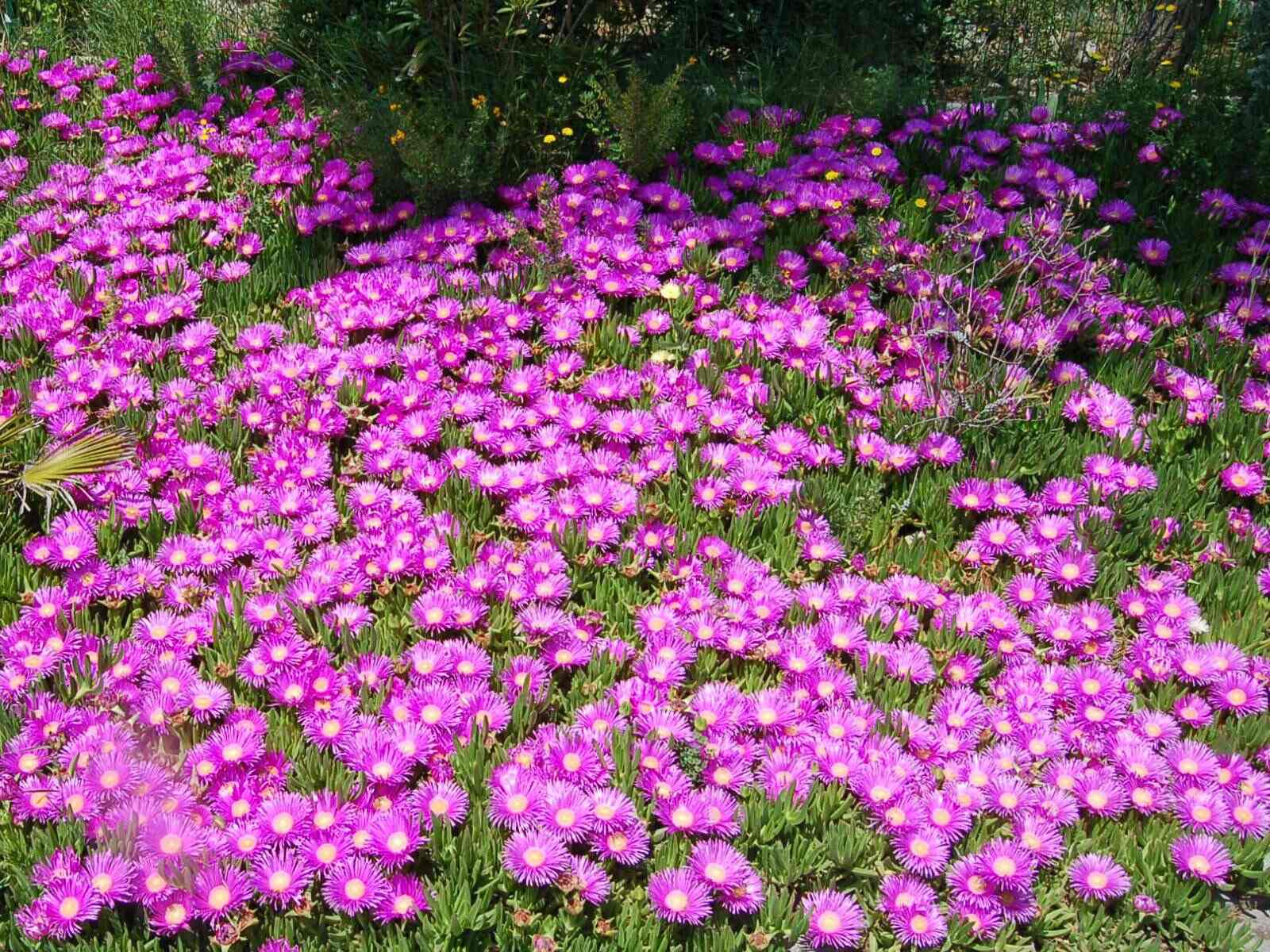
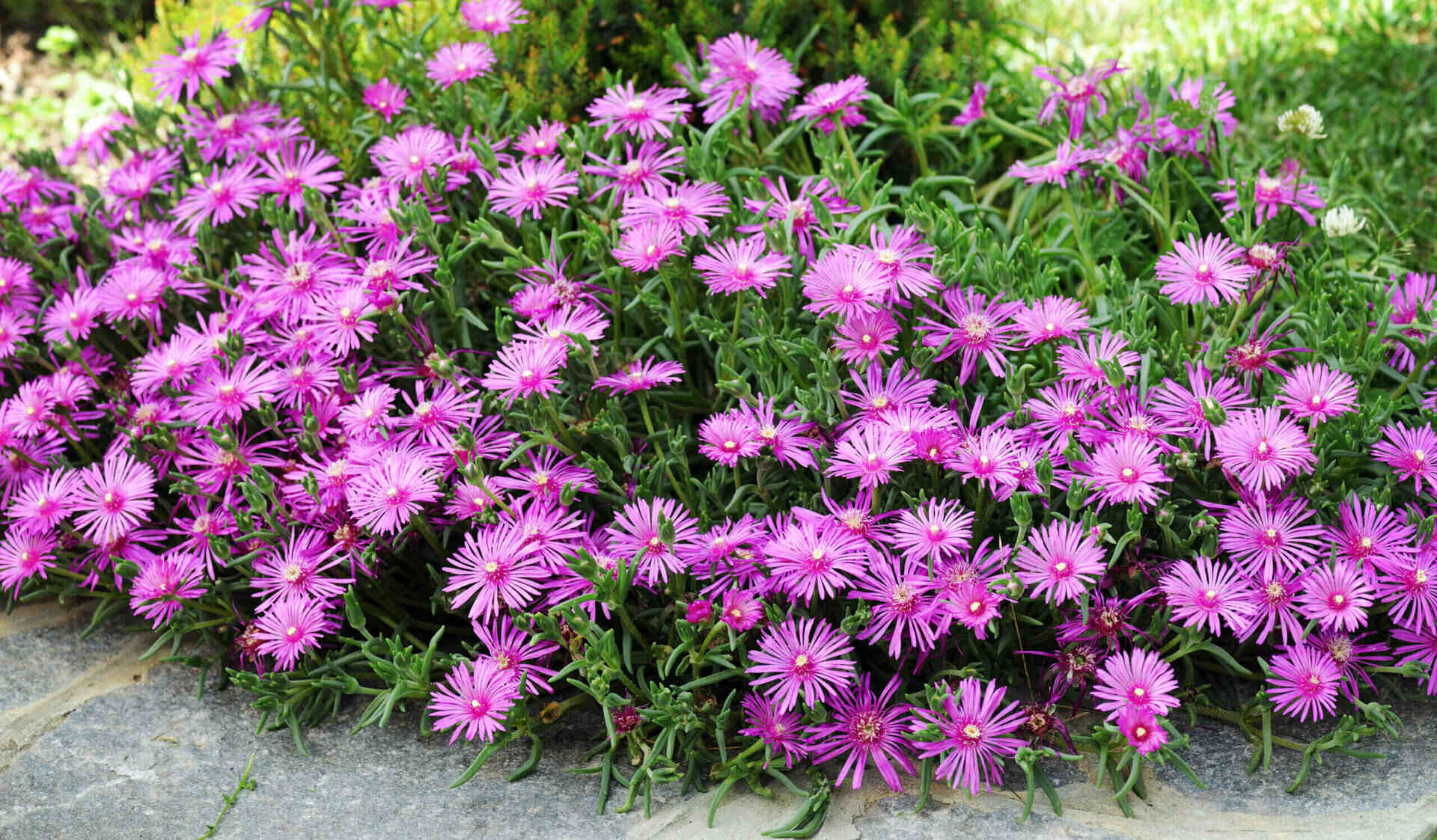
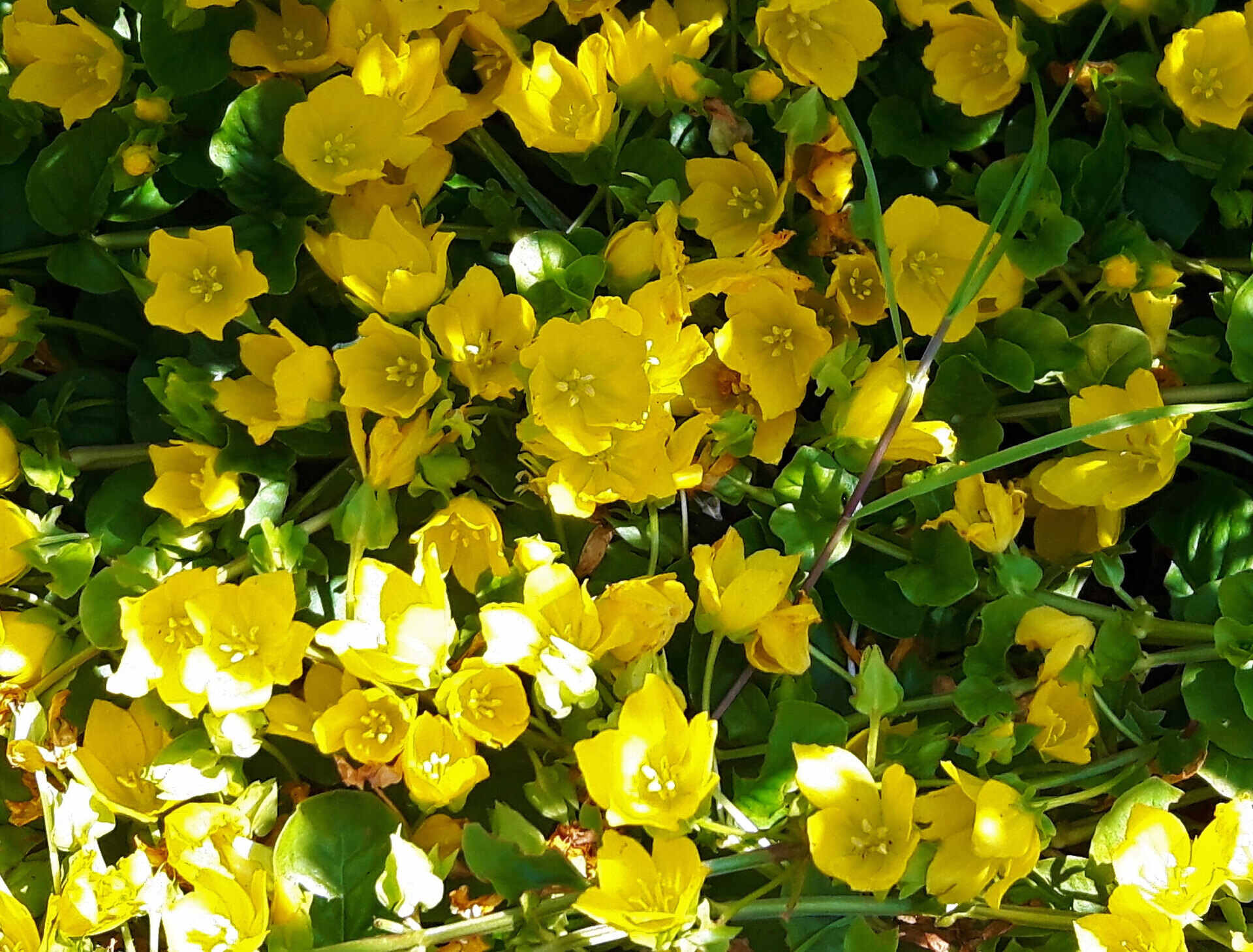
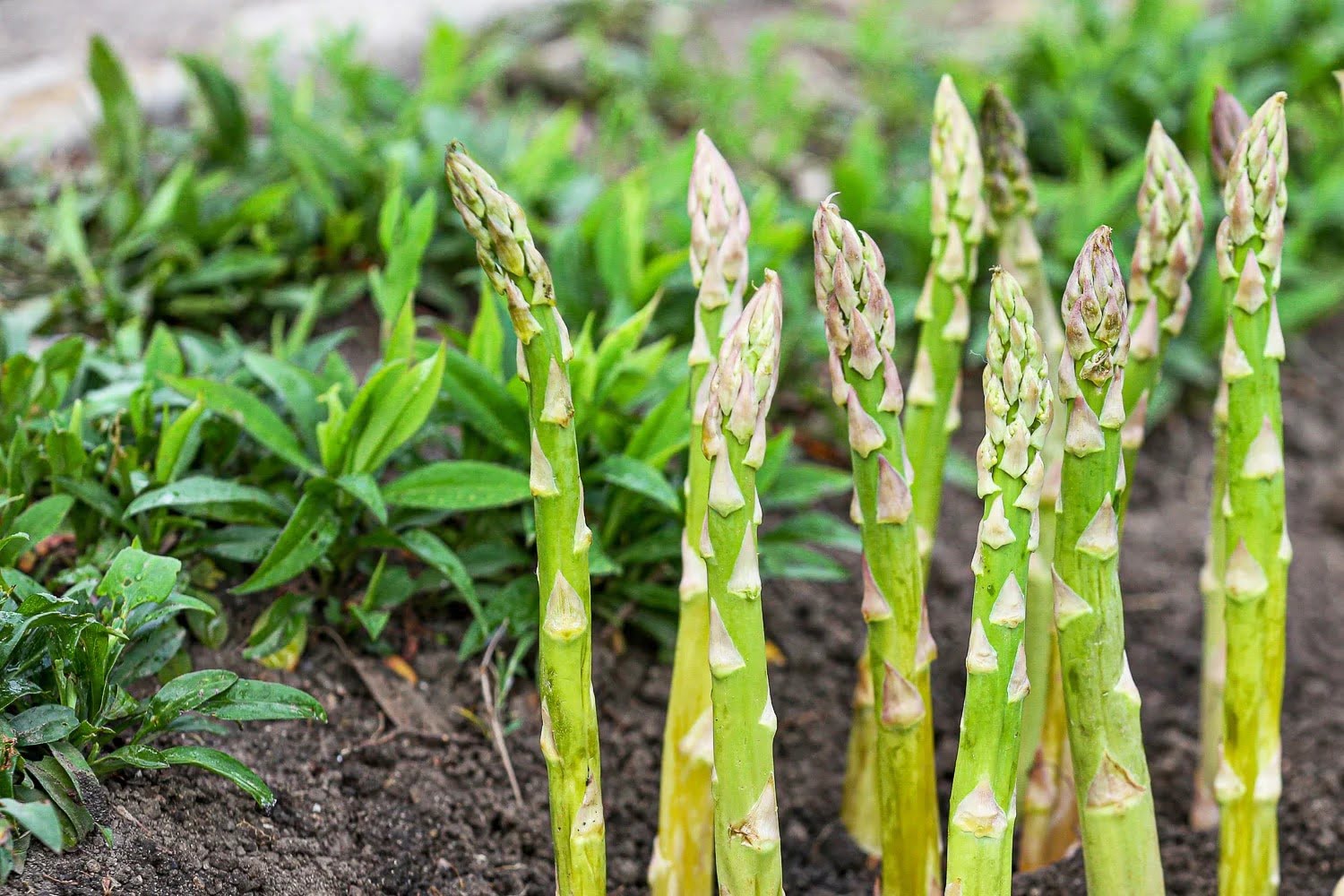


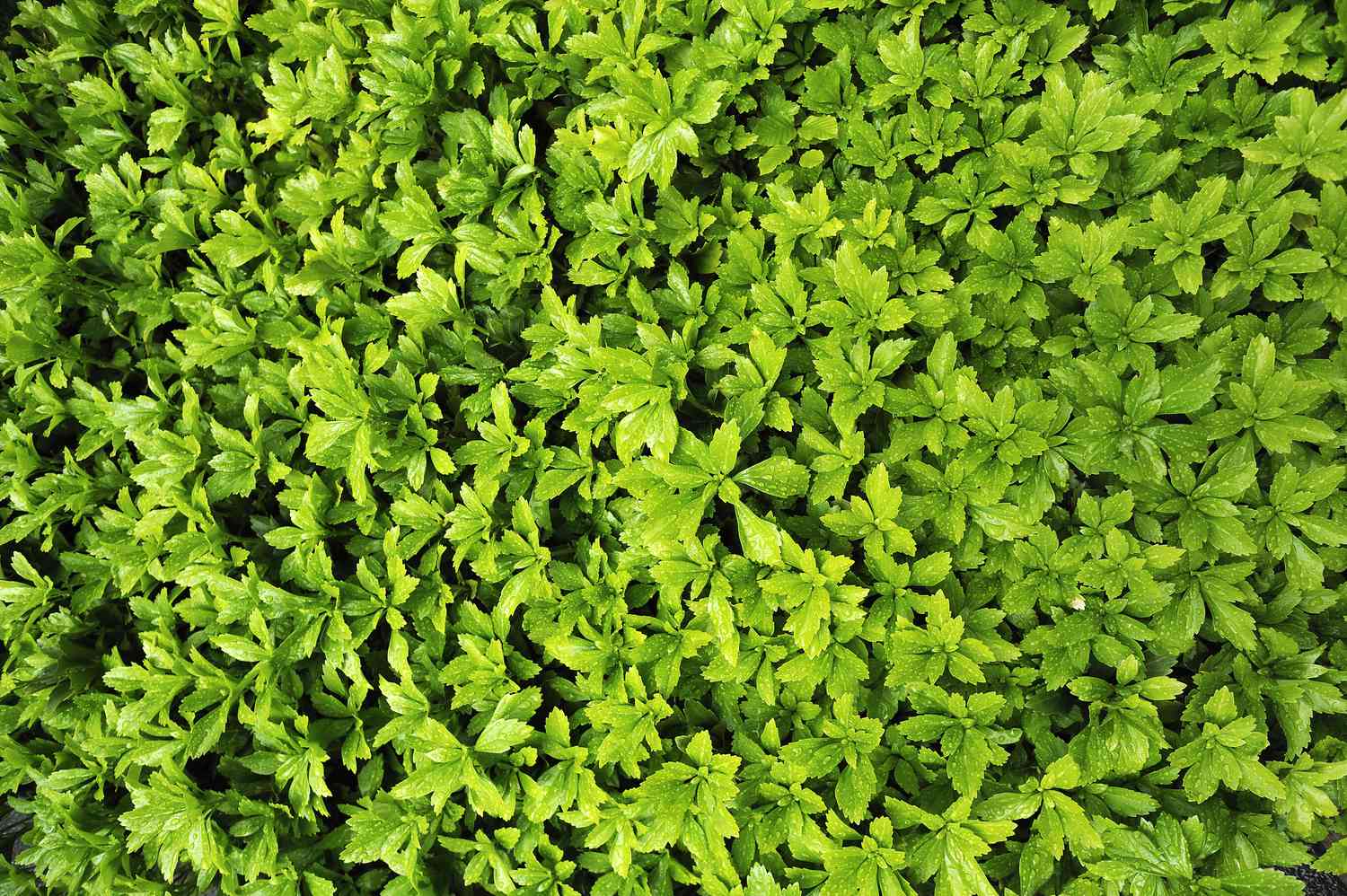
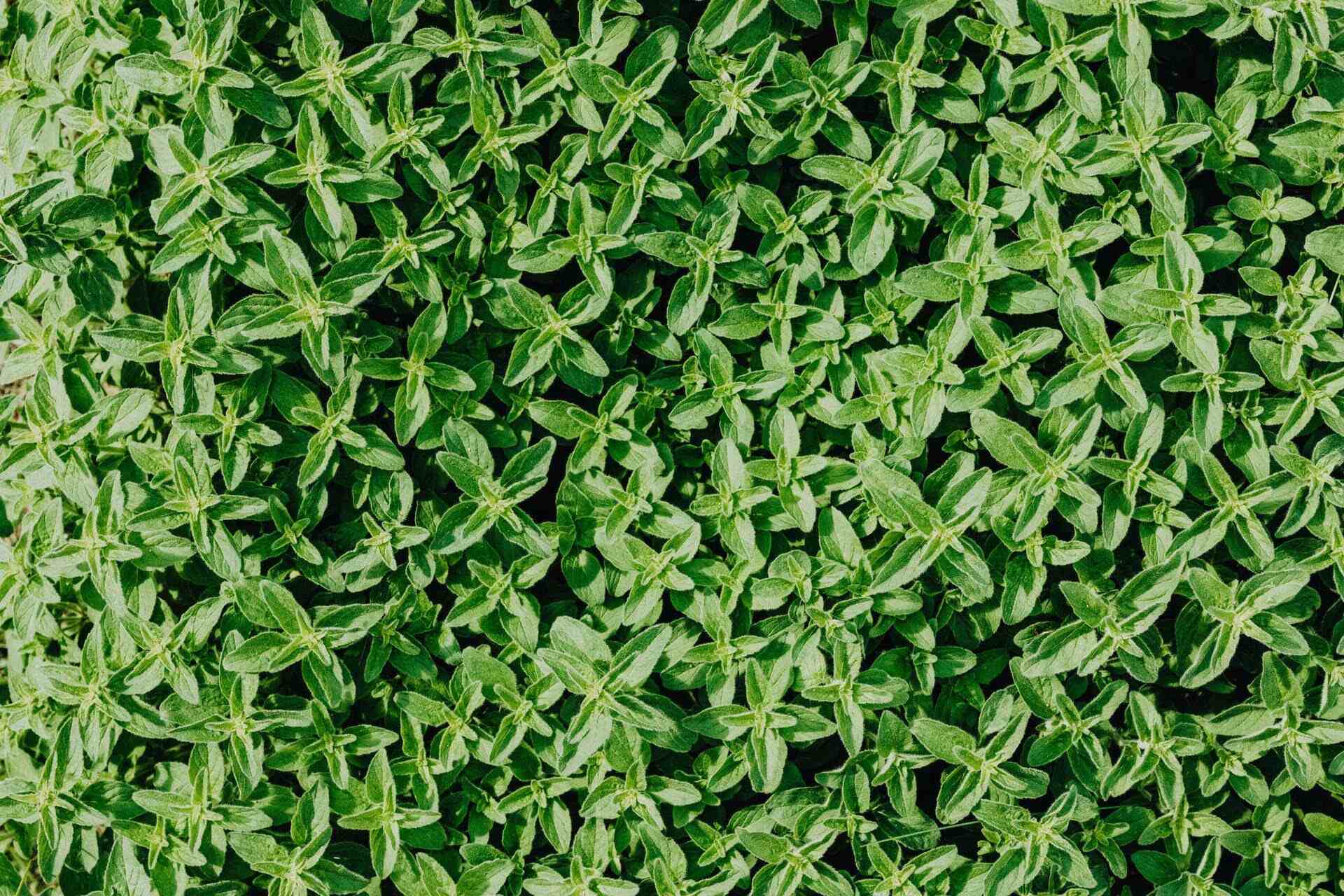
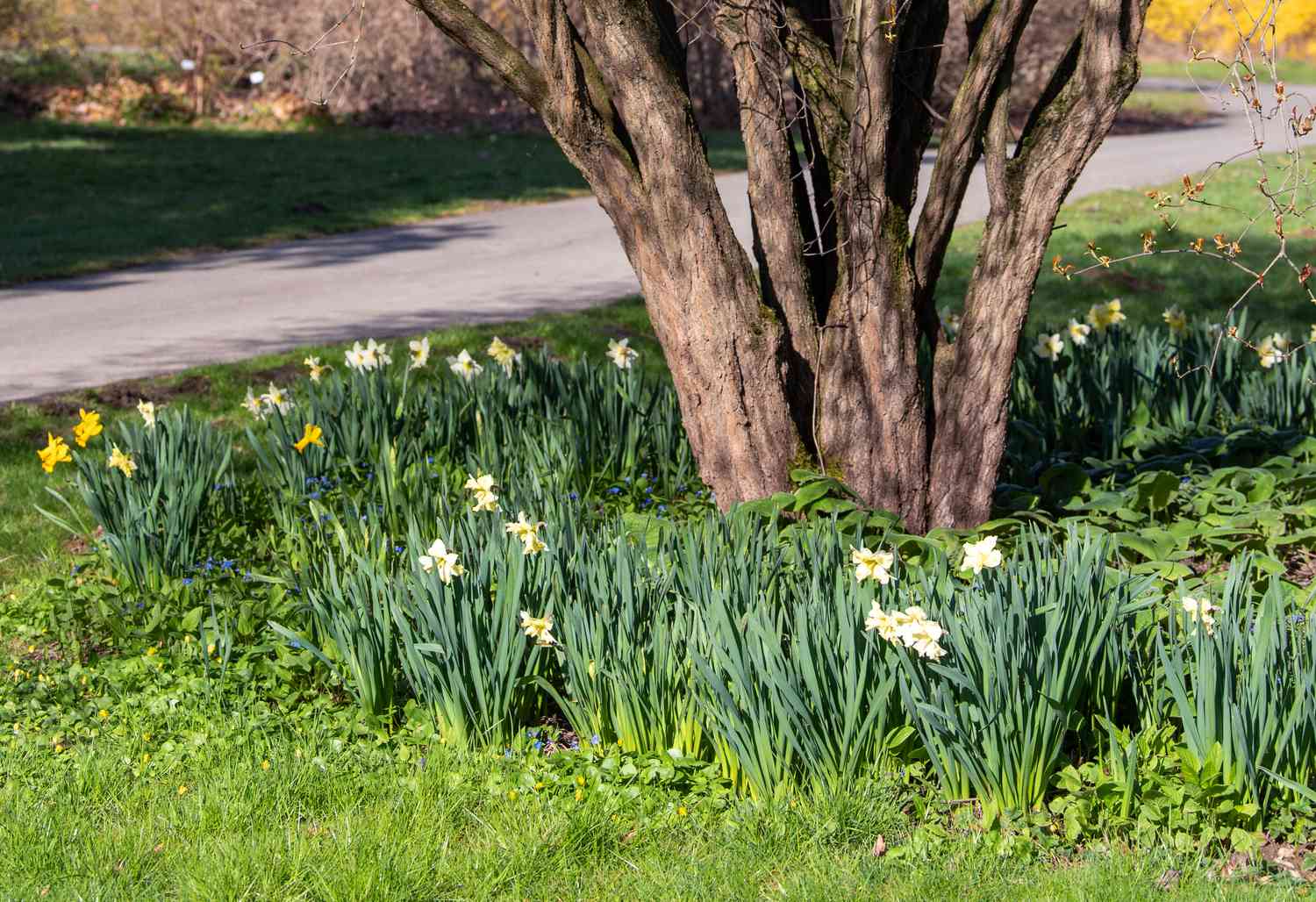
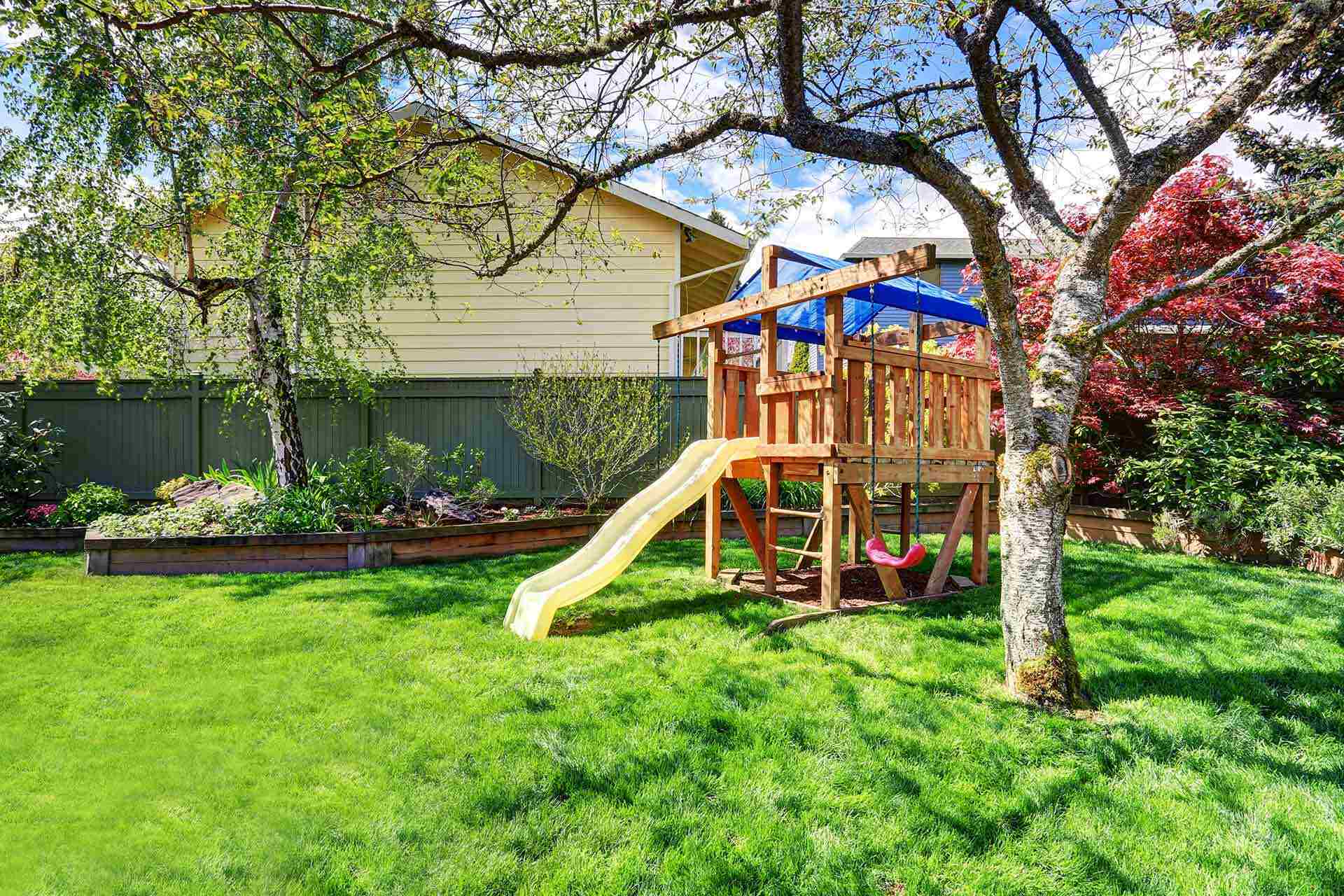

0 thoughts on “What Ground Cover Is Not Invasive”